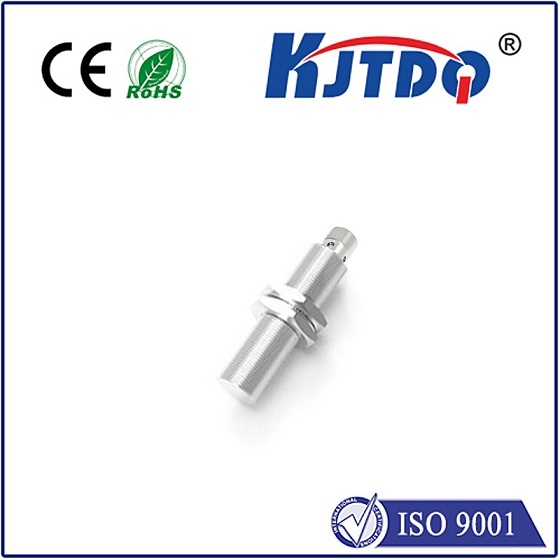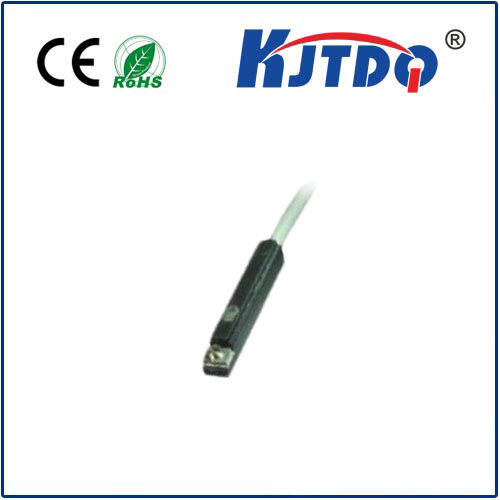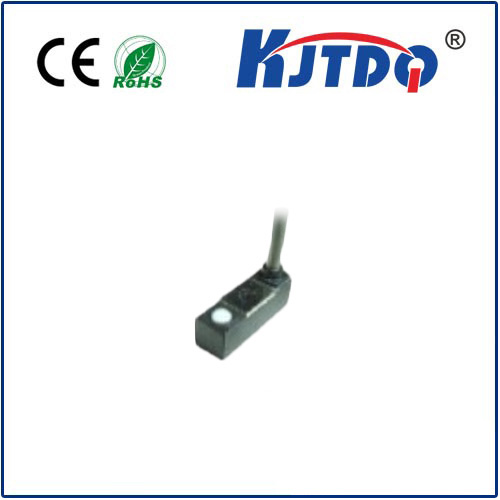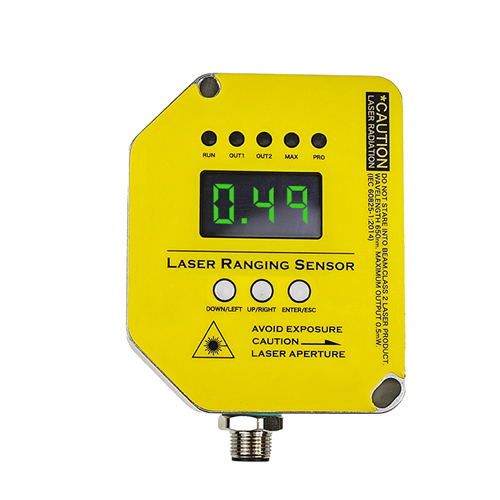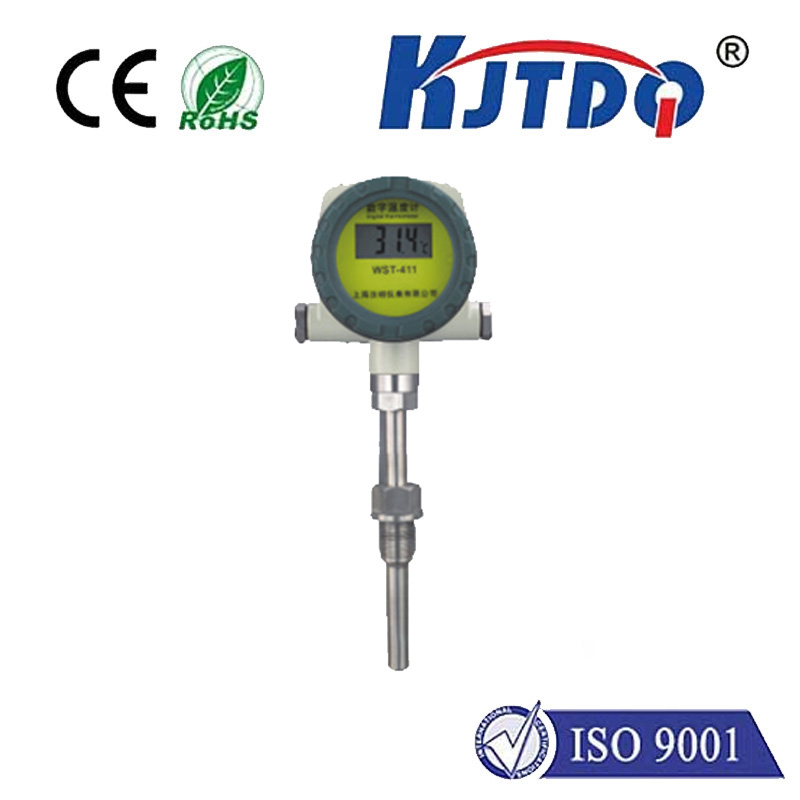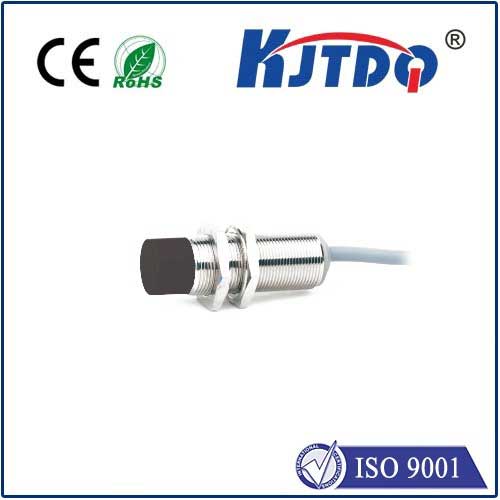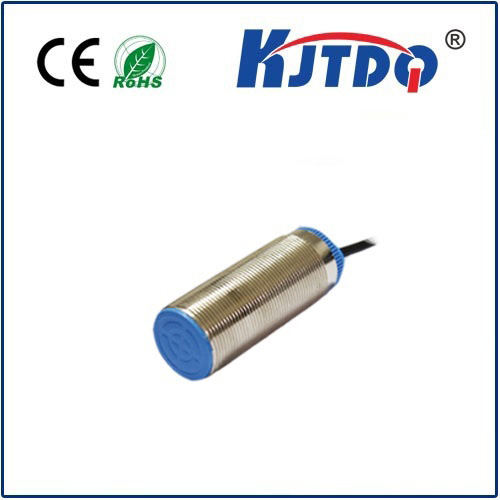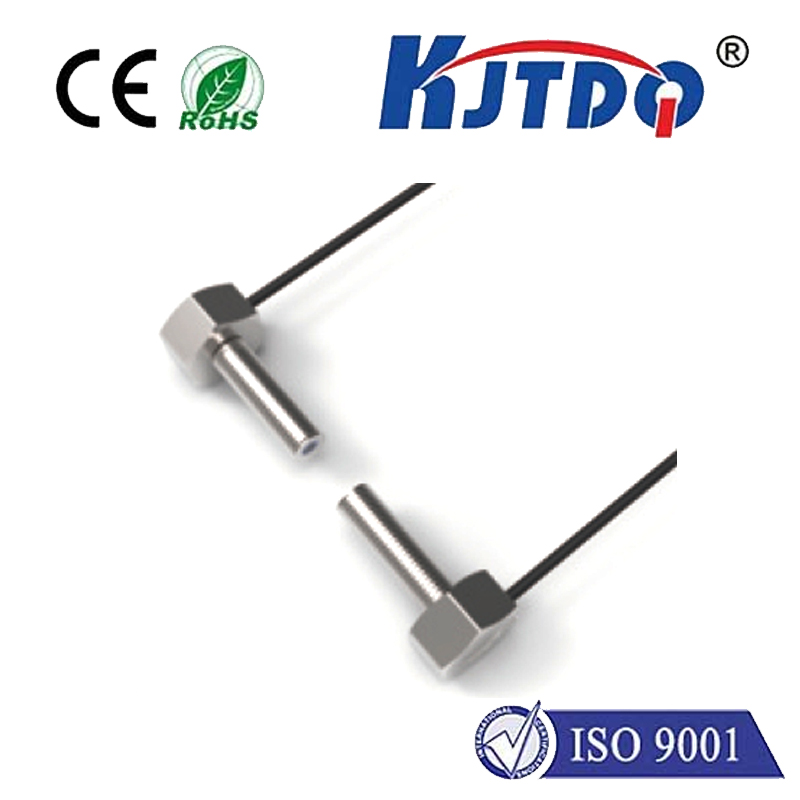Датчик приближения для обнаружения пластмасс
- time:2025-06-13 03:24:55
- Нажмите:0
How Proximity Sensors Revolutionize Plastic Detection in Industrial Automation
Plastic is ubiquitous in modern manufacturing. From intricate electronic components to robust packaging, its versatility drives countless production lines. But this very prevalence presents a crucial challenge: how do machines reliably “see” and interact with plastic parts without physical contact? Enter the датчик приближения – the unsung hero enabling precise, efficient, and non-contact plastic detection across diverse industrial landscapes. Understanding how these sensors overcome the unique hurdles of sensing plastics is key to optimizing automation reliability and throughput.
The Fundamental Challenge: Sensing the Non-Metallic
Traditional inductive proximity sensors, workhorses for detecting metals, rely on generating an electromagnetic field. When a metallic object enters this field, it induces eddy currents, causing a detectable shift in the sensor’s oscillation. Plastic, however, is non-conductive and non-metallic. It remains largely “invisible” to standard inductive sensors. This inherent limitation necessitates specialized sensor technologies designed specifically for plastic detection.
Key Technologies Powering Plastic Detection

Several proximity sensor principles excel at detecting plastic objects:
- Capacitive Proximity Sensors:
- How they work: These sensors generate an electrostatic field. Any material entering this field alters the field’s capacitance – essentially its ability to store an electrical charge. Unlike inductive sensors, capacitive sensors respond to changes caused by both conductive and non-conductive materials, including Пластик, wood, glass, liquids, and powders.
- Plastic Detection Strength: Their fundamental operating principle makes them naturally suited for plastic detection. As a plastic object approaches, it changes the dielectric constant of the space near the sensor, triggering detection.
- Considerations: Sensitivity can be adjusted to ignore non-target materials (like container walls). Detection range and stability can be influenced by environmental factors like humidity or dirt accumulation on the sensor face.
- Photoelectric Sensors (Diffuse Reflective Type):
- How they work: These sensors emit a light beam (usually infrared, red LED, or laser) and have a receiver detecting the reflection. In diffuse mode, the receiver detects light reflected directly off the target object itself.
- Plastic Detection Strength: Highly effective for detecting most opaque or translucent Пластик parts, regardless of color. The sensor triggers when the reflected light intensity exceeds a set threshold.
- Considerations: Performance can vary significantly based on the plastic’s color, surface texture (matte vs. glossy), and transparency. Transparent plastics can be challenging. Environmental factors like dust, fog, or ambient light interference require careful consideration.
- Ultrasonic Proximity Sensors:
- How they work: These sensors emit high-frequency sound waves and measure the time taken for an echo to return after bouncing off a target object.
- Plastic Detection Strength: Detect virtually any solid object, including all forms of Пластик, based on its acoustic reflectivity. They excel with non-reflective surfaces or where optical sensing fails due to color or transparency issues.
- Considerations: Temperature variations can affect sound speed and require compensation. Foam or very soft, sound-absorbing plastics might be harder to detect reliably. Background acoustic noise can be a factor.
Why Precision Plastic Detection Matters: Core Applications
Accurate plastic detection via proximity sensors underpins numerous critical processes:
- Presence/Absence Verification: Confirming a Пластик part is correctly loaded in a fixture, present on a conveyor belt, or seated within an assembly before proceeding to the next operation. This prevents costly jams, damage, or incomplete assemblies.
- Position Control: Determining the precise location of a Пластик component (e.g., end-of-travel sensing on a slide, correct positioning for machining or printing). Critical for robotic handling and precise automation sequences.
- Counting & Sorting: Reliable detection of individual Пластик bottles, caps, containers, or molded parts for accurate counting or sorting systems.
- Level Detection: Monitoring fill levels of Пластик pellets in hoppers or granules in silos using sensors mounted externally.
- Process Initiation: Triggering machinery (like sealers, labelers, or filling heads) only when a Пластик container is confirmed to be in the correct position.
- Safety & Monitoring: Ensuring guards are closed (potentially made of transparent plastic) using capacitive sensors or detecting breaks in transparent plastic film webs using photoelectrics.
Selecting and Optimizing for Plastic Detection
Choosing the right proximity sensor and configuring it correctly is paramount for robust plastic detection:
- Identify the Plastic: Characterize the material – opaque or transparent? Color? Surface finish? Size? This directly influences which sensor type is optimal.
- Set the Environment: Consider temperature extremes, potential for dust, moisture, vibration, or chemical exposure. Choose sensors with appropriate ingress protection (IP) ratings.
- Determine Detection Range: How far does the sensor need to “see” the plastic object? Capacitive sensors typically have shorter ranges than photoelectric or ultrasonic sensors.
- Mounting Constraints: Space availability and mounting options (flange, threaded barrel, block style) impact sensor choice.
- Fine-Tuning is Essential:
- For Capacitive: Adjust sensitivity to reliably detect the target plastic while ignoring background materials or container walls. Getting this setting right is crucial to prevent false triggers.
- For Photoelectric: Set the trigger threshold carefully, especially for challenging surfaces like clear plastic or dark, non-reflective plastics. Background suppression models can enhance reliability.
- For Ultrasonic: Ensure temperature compensation is active if needed and minimize background acoustic noise sources.
Best Practices for Implementation
- Secure Mounting: Prevent vibration or misalignment, which can cause unreliable readings.
- Protect the Sensing Face: Keep capacitive and photoelectric sensor faces clean. Built-in protective coatings (e.g., Teflon) can help in dirty environments but may slightly reduce range.
- Shield When Necessary: Capacitive sensors can be susceptible to electrical interference; ensure proper grounding and shielding if issues arise.
- Test Extensively: Validate sensor performance under all expected operating conditions, including variations in plastic color, potential condensation, or dirt buildup. Rigorous testing prevents costly downtime later.
- Leverage IO-Link: Smart sensors with IO-Link communication offer enhanced diagnostics, remote parameter adjustment, and process data insights, significantly simplifying setup and maintenance.
The Indispensable Enabler
The ability to reliably detect Пластик parts without contact is more than a convenience; it’s a fundamental requirement for modern, high-speed, and flexible manufacturing. Proximity sensors, especially capacitive and photoelectric types, provide the elegant, robust solution. By understanding the strengths and considerations of each technology and applying best practices in selection and implementation, engineers can unlock new levels of automation efficiency, quality control, and production reliability. Whether verifying the presence of a tiny connector or monitoring the level of plastic pellets in a silo, plastic detection enabled by advanced proximity sensing continues to drive innovation and productivity across the industrial world.

